Force India focused on the future - exclusive Vijay Mallya Q&A
Ten rounds into last season Force India had scored 39 points. This year the tally is 73, thanks in no small part to a pair of podium finishes for Sergio Perez. The team have also been back on the front row of the grid, courtesy of Nico Hulkenberg. No wonder then that team boss Vijay Mallya is keeping both men for 2017, when he believes the new technical regulations will provide the chance to move even further up the F1 order…
Q: Vijay, Force India are having their best-ever season. Can you name three reasons the team are doing so well?
Vijay Mallya: First and foremost, because in the last 18 months a lot of work was put into this team. Success is not something that happens by accident, and it is no miracle. (laughs) So when you ask for three reasons: it is hard work, making the right investments in the right kind of technology, and a more creative design philosophy. We had a pretty strong second half last year and were able to carry that into 2016 and were able to add good steps of development to the situation. The very intense use of the sophisticated Toyota wind tunnel in Cologne was also a piece of the puzzle. Now as we understand the car and the new updates better, we will optimise it even more and hopefully become even stronger for the rest of the season. In terms of further developments we’ve now stopped it for the 2016 car, but already have a 60 percent model of the 2017 car in the wind tunnel. It is the first time in the history of this team that we have a 60 percent model. The 2017 regulations give us the opportunity for a brand new design and a whole different input. This will level the playing field for us.
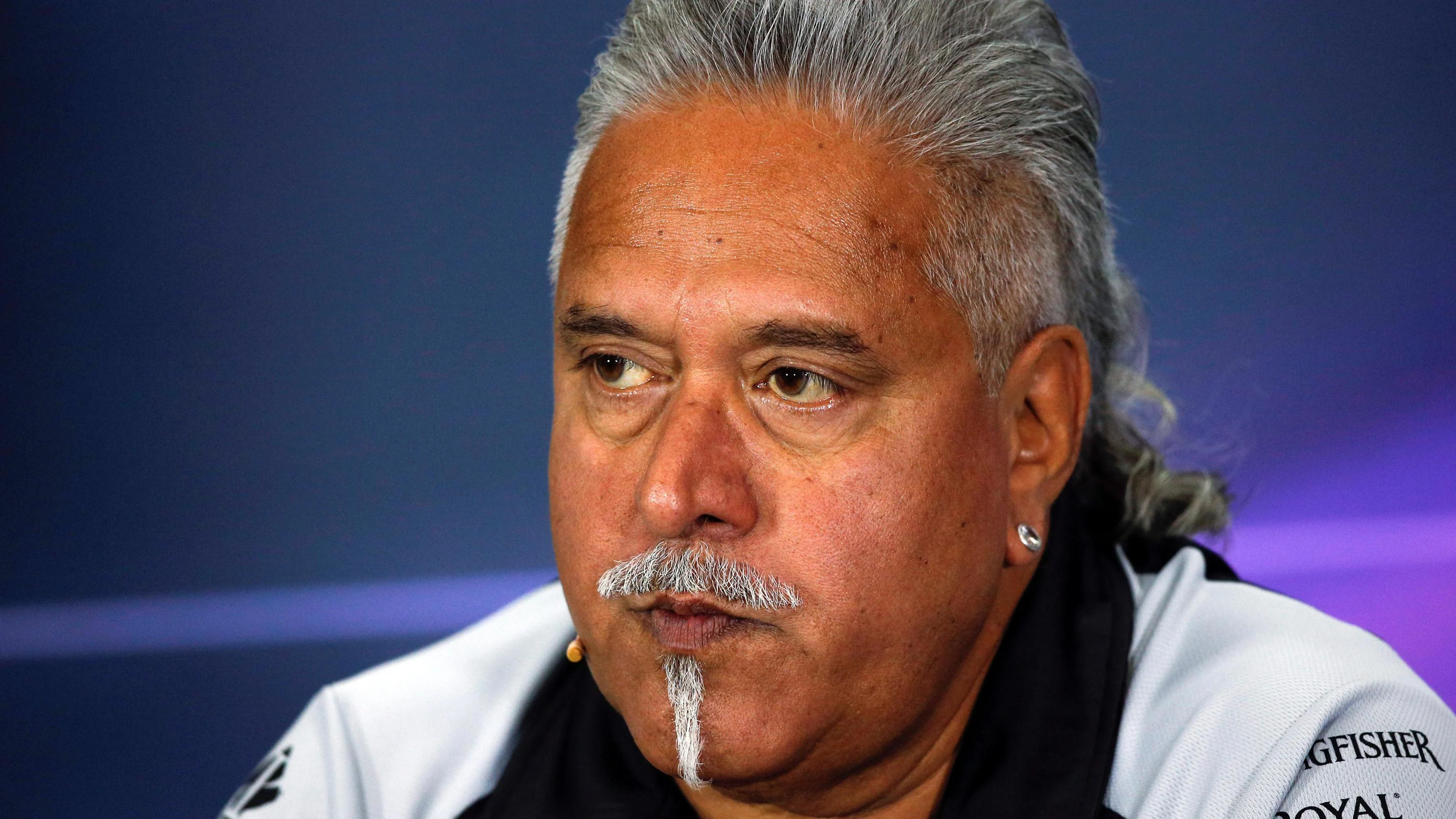
You cannot compromise your future - 2017 is a unique opportunity.
Q: How tempting was it to sail on the momentum and maintain a higher level of 2016 development - to perhaps eventually outperform Williams?
VM: This was a tough decision indeed. You are always tempted to keep on developing when you are on a high. But you cannot compromise your future. 2017 is a unique opportunity, as it is not a carryover from 2016 and therefore - to be practical - you must devote time and resources to the 2017 car. That’s what we’ve done.
Q: So the car we saw at Silverstone is the end of the line - or are there still bits and pieces up your sleeve?
VM: We brought a new front wing to Silverstone, but we still need to further optimise it. There is some work in progress on the rear wing and the rear suspension - those things will continue to be optimised in the course of the season. We are done with the aerodynamic development in the wind tunnel - that has all now been shifted to the 2017 car.
Q: A Force India was on the front row in Austria - something we’d not seen in many years. But then it all went wrong in the race, with both cars retiring. That must have been a pretty tough afternoon…
VM: It was obviously disappointing to have two DNFs. We just couldn’t manage the tyres and we had some overheating problems with the brakes - and the result of that was unfortunate for us. We have learned from it and moved forward. It will not happen again.
Q: Silverstone was the first Grand Prix that you’ve attended this season. Usually you are sitting at the pit wall - how are you handling this now? How hands-on are you during a race?
VM: I am very involved. I have a ‘mini mission control’ at home. I see everything on my screens that they see on the pit wall, I talk to the pit wall as I have a direct communication link - so I am ‘working from home’ with a virtual pit wall! (laughs) But, of course, the physical experience of a Formula One race cannot be replicated. But now that I am not travelling I can devote more time to the team - which I enjoy.
Q: How much actual influence do you have on the development for 2017?
VM: I am not an engineer, but it is my job to support the technical team to make sure that they get what they need to produce what is hopefully a very competitive car.
Q: Force India are a comfortable P5 in the standings right now. Toro Rosso appear too far behind to be a serious threat, while Williams are 19 points ahead. Are you satisfied with fifth or are you quietly aiming higher?
VM: The target obviously is to catch Williams. Nineteen points ahead should be manageable when you consider what Force India bagged in Silverstone. Of course, a good result in Austria would have blended in perfectly - but we have to focus on what is and not on what could have been. Having said that, we are also not blind to the other side. Toro Rosso is improving. We cannot take them for granted. At some races they’ve come very close and sometimes they’ve finished ahead of us, so we have to be on our toes.
Q: Checo is on a real run lately, while Nico has been a bit unlucky. What do you think is behind that situation?
VM: Well, luck does play some part. Some things that happened to Nico should not have happened - but that’s what you know in hindsight. I am very happy with both my drivers - Nico is every bit as good as Checo.
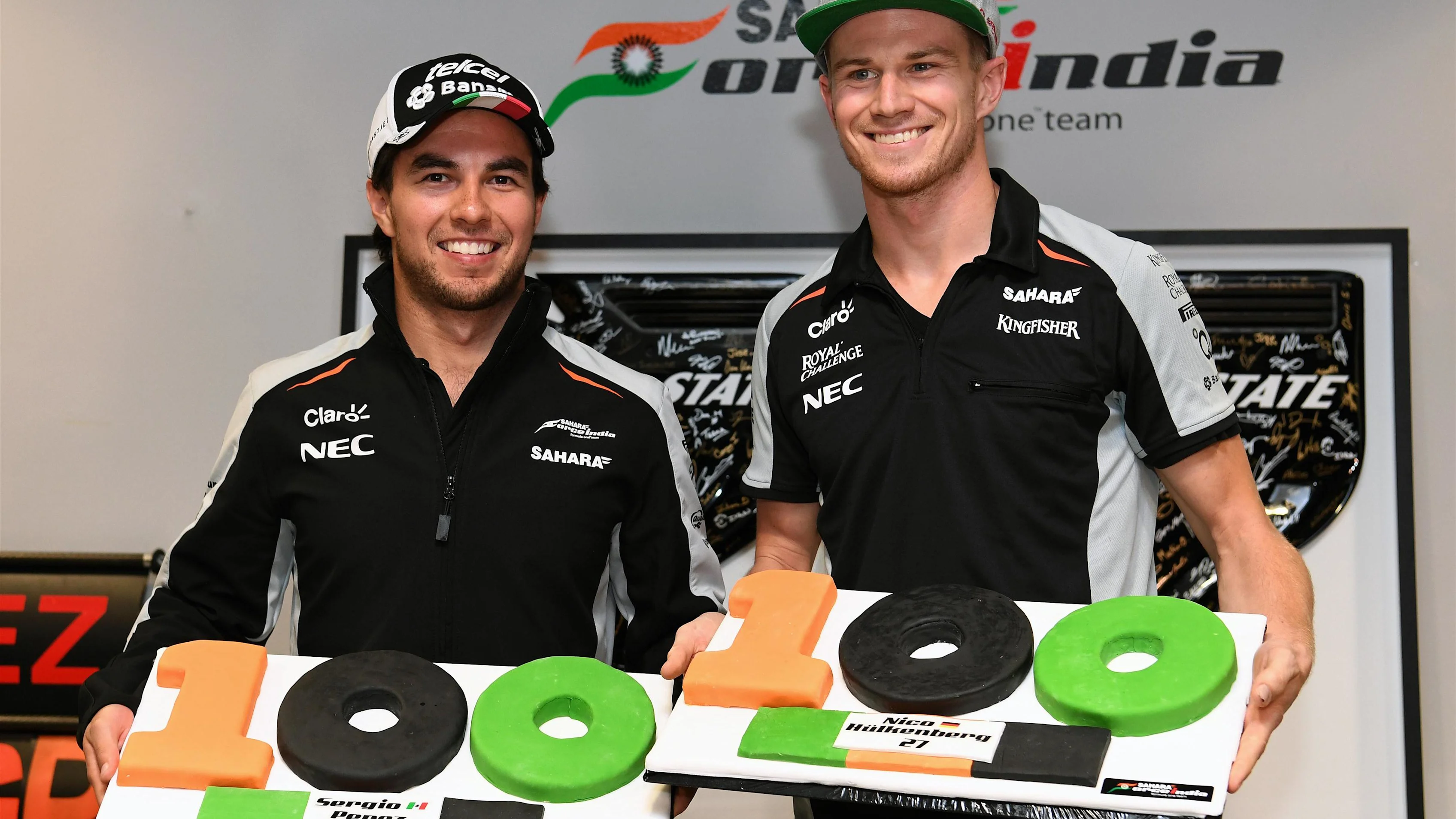
I am very happy with both my drivers - Nico is every bit as good as Checo.
Q: Is that why he will be racing for Force India again in 2017?
VM: Yes. He will stay with us in 2017 - and Checo as well. We will race with the same driver line-up again next season. This stability is good in the view of the big technical changes.
Q: Force India are one of the advocates for a more equal allocation of funds between teams - especially ending the bonus payments to the big teams. Bernie Ecclestone has said he would happily stop those, were it not for agreements that are already in place. What’s the next logical step from your point of view?
VM: Bottom line: we want to be competitive. We are part of this show. We are as much a part of this show as the big teams. This sport - thanks to Bernie Ecclestone - generates a huge amount of money. The commercial rights holder makes a huge profit. Deals have been done with the big teams that sees them get a disproportional amount of money. So why should a smaller team be disadvantaged? We are not after hundreds of millions - we are looking for small amounts of money so that we can be financially more secure and can be more competitive. Bernie wanted to try to take the money from the big teams - the excess money they are given - and give it to the small teams, but the big teams refuse. Equally it is open to the commercial rights holder to take something out of their pocket and distribute it among the smaller teams - that would not require any changes to any agreements. All we want is a more level playing field - and that is what we are fighting for.
Q: The new 2017 tyres will have a huge impact on racing next year. Mercedes, Red Bull and Ferrari will assist Pirelli with testing during this season, while you and the remaining teams wait until the post-race Abu Dhabi test in November. Even though data will be shared, does this put you at a disadvantage?
VM: To a certain extent, yes. We will rely heavily on the information we will get from Pirelli.
Next Up
Related Articles
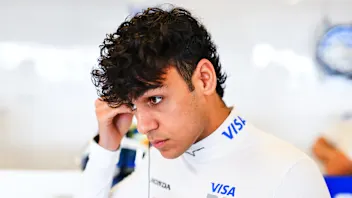 Marko ‘believed in me when others didn’t’ – Lindblad
Marko ‘believed in me when others didn’t’ – Lindblad Verstappen confirms new number for 2026 season
Verstappen confirms new number for 2026 season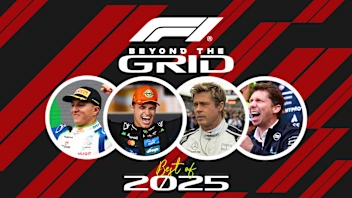 Beyond The GridThe best of 2025, from Norris’ evolution to Brad Pitt’s ‘need for speed’
Beyond The GridThe best of 2025, from Norris’ evolution to Brad Pitt’s ‘need for speed’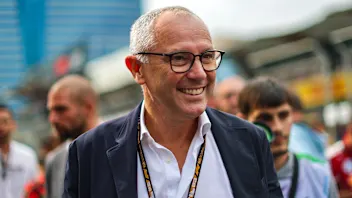 F1 CEO Domenicali reflects on 'phenomenal' 2025
F1 CEO Domenicali reflects on 'phenomenal' 2025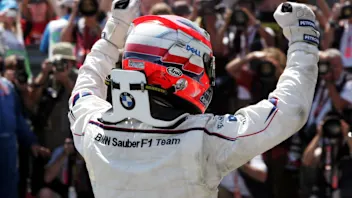 Tremayne'Why I’ll always have a soft spot for Sauber'
Tremayne'Why I’ll always have a soft spot for Sauber'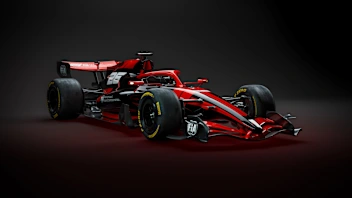 GALLERY: Check out renders of the innovative 2026 car
GALLERY: Check out renders of the innovative 2026 car